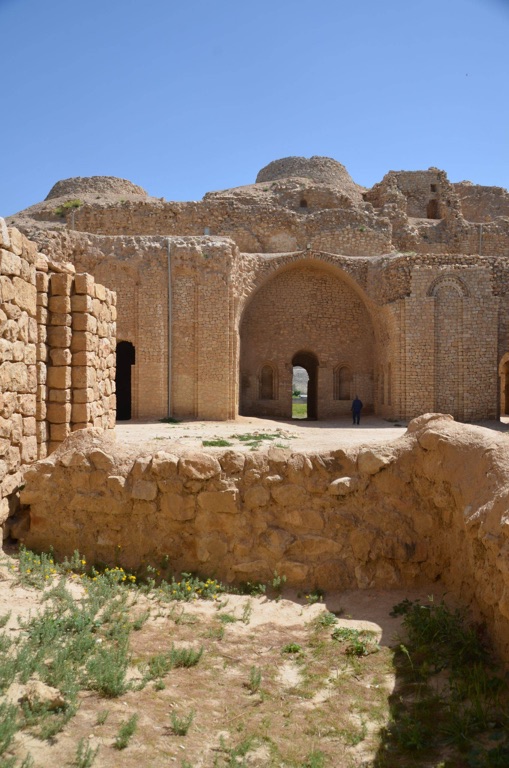Nestled at the foot of a mountain in Iran’s Fars Province, the Palace of Ardashir Pāpakān stands as a testament to ancient engineering and artistry. This grandiose castle, constructed around 224 AD by King Ardashir I, reflects the architectural genius of the Sassanid era. Serving as a symbol of the king’s might, it boasts thick walls, tall arches, and spacious courtyards. With its remarkable dome, the palace showcases the innovation of early Persian architects. Through the corridors of history, it whispers tales of royal ceremonies and significant events that shaped Persia’s cultural heritage. Today, it draws in history enthusiasts, eager to explore an essential piece of Iran’s storied past.
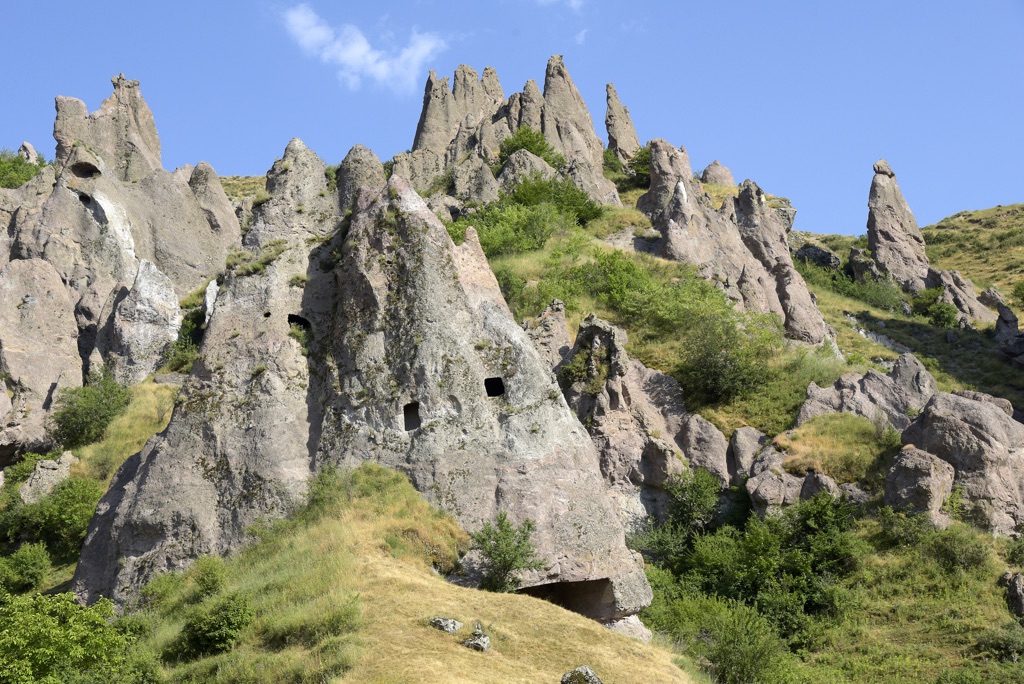
Medieval Goris Cave Dwellings
Discover the Medieval Goris Cave Dwellings, a hidden gem of ancient architecture. Nestled in the South Caucasus, these wonderful formations are a testament to human ingenuity. The caves were hand-carved from the soft volcanic rock. They tell stories of past civilizations. Goris Cave Dwellings are a crucial part of Armenia’s cultural heritage. They also offer fascinating insights into medieval life. These dwellings boast a network of rooms, stables and areas for worship. They have been preserved over the centuries. Thus, they are a must-visit for history enthusiasts and travellers alike.
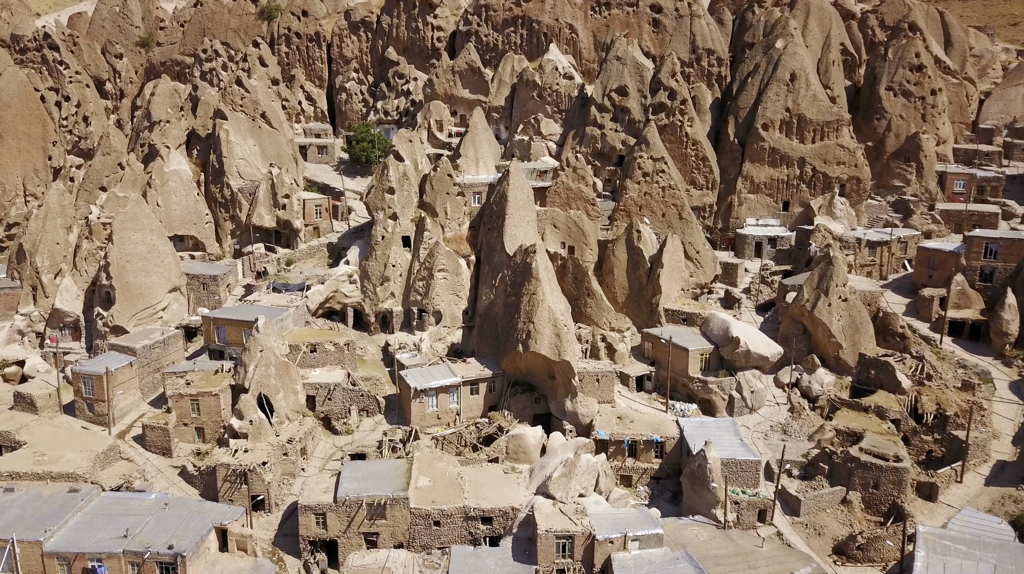
Kandovan Village
Kandovan Village showcases a remarkable living example of human adaptation to nature. Carved into the volcanic rocks of Mount Sahand, this quaint village in Iran astonishes visitors with its striking cliff dwellings, resembling a giant termite colony. Over 700 years old, Kandovan owes its surreal landscape to ancient volcanic eruptions that deposited a soft type of rock called tuff. Ingenious locals carved out this malleable material, creating houses with natural insulation that withstand extremes in temperature. The village’s organic architecture and its community’s way of life provide an authentic glimpse into rural Iranian culture that has persisted for generations.
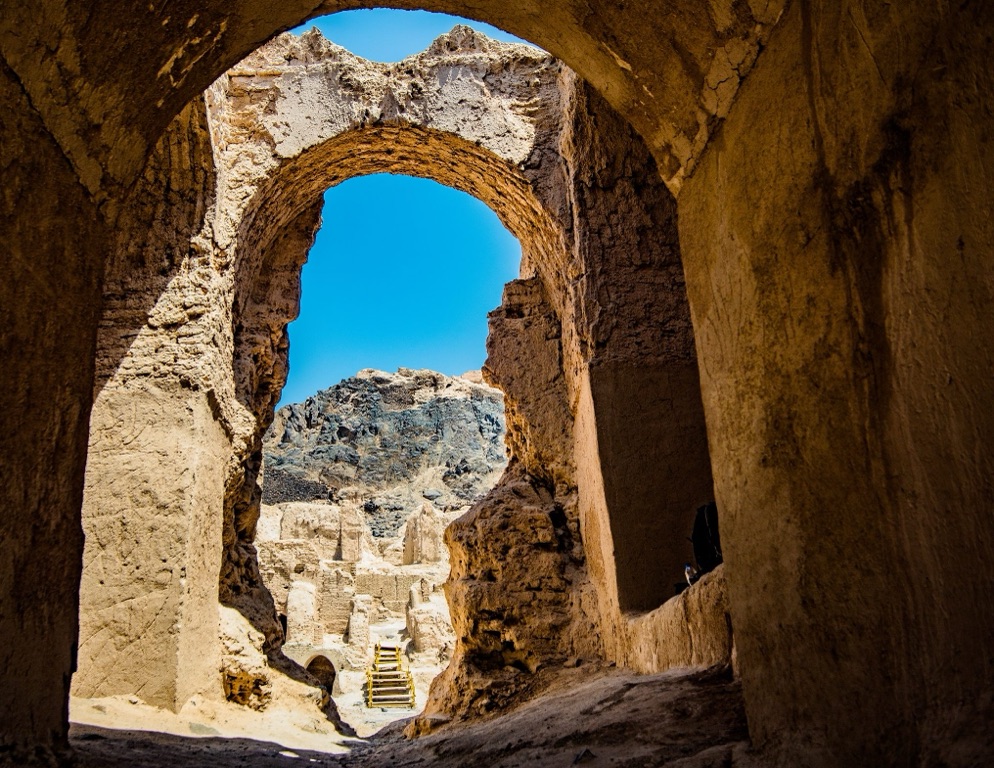
Kuh-e Khwaja
Kuh-e Khwaja stands as an enigmatic historical site nestled in Iran’s Sistan region. This ancient citadel, a relic from a bygone era, whispers tales of the Parthian and Sassanian empires. Visitors can explore the remains of a Zoroastrian fire temple and palace complex. These ruins paint a vivid picture of the site’s spiritual and political significance. With each step, one traverses through time, as Kuh-e Khwaja’s history stretches back over two millennia. Archeologists and historians flock here to unravel its enduring mysteries.
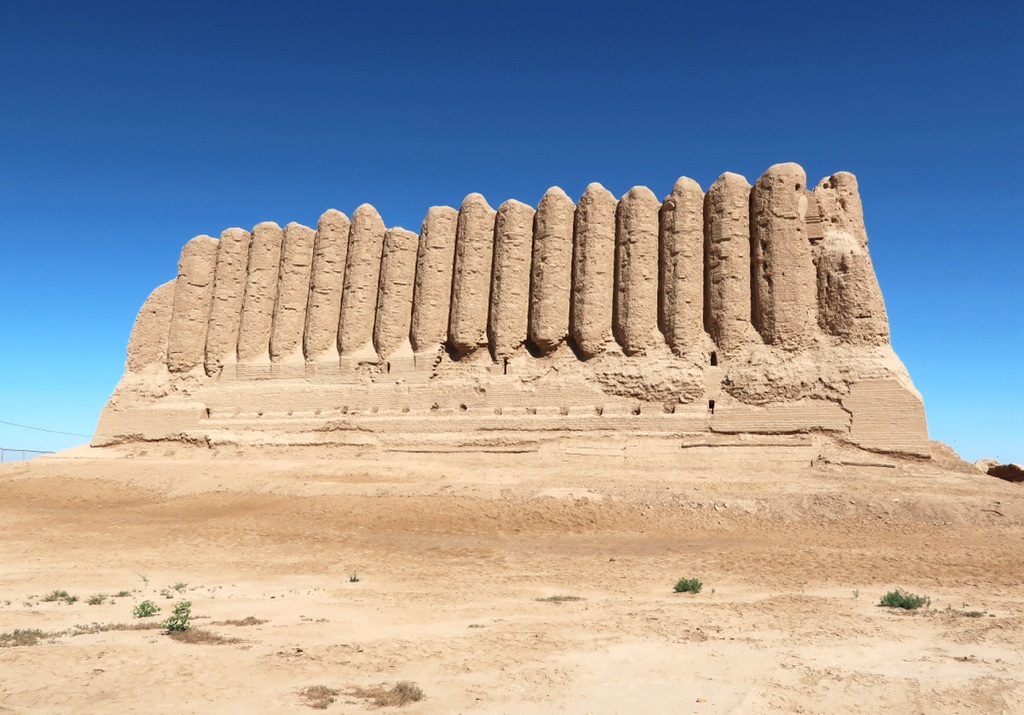
Great Kyz Kala
Great Kyz Kala stands as a testament to the architectural ingenuity of the ancient Merv. Nestled in present-day Turkmenistan, this historic site captivates visitors with its distinctive corrugated walls. Thought to date back to the 8th or 9th century, the structure is part of the larger historical landscape of Merv. Once a major oasis city along the Silk Road, Merv played a significant role in the exchange of culture, goods, and ideas. Great Kyz Kala, with its unique design and enduring materials, provides a fascinating glimpse into the past. The Kyz Kala complex has garnered attention for its historical and cultural significance.
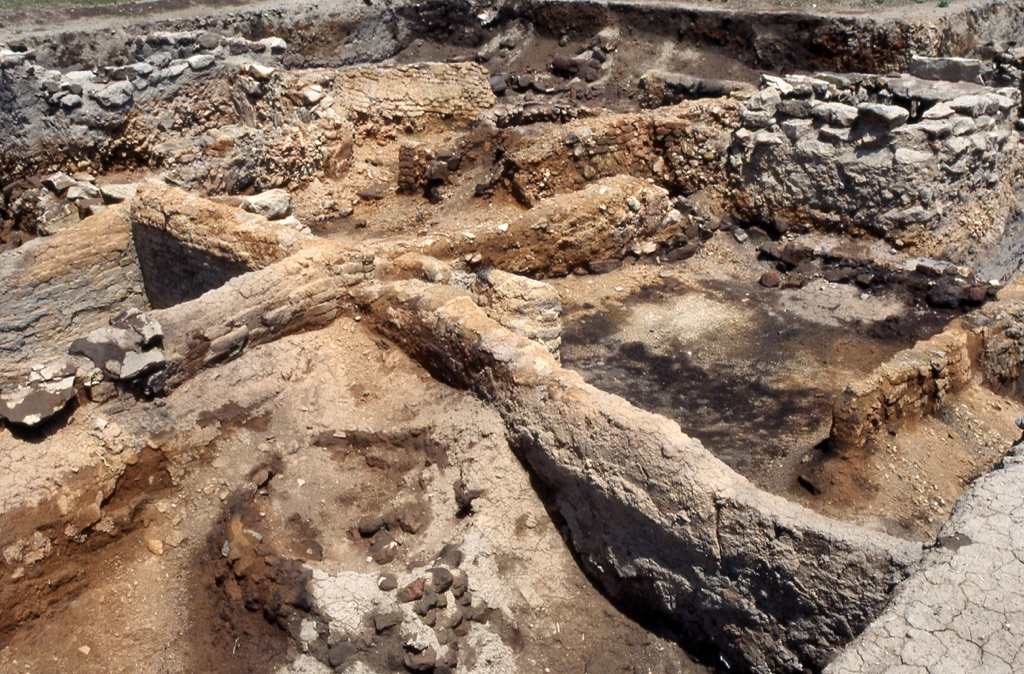
Kültepe
Kültepe, known also as the ancient city of Kanesh, remains an invaluable link to the early ages of trade and writing. This remarkable archaeological site in Turkey gives us insights into the Assyrian trading colonies that thrived during the Bronze Age. Visitors and scholars alike delve into a rich tapestry of history that unveils the economic and cultural exchanges of the era. The excavations here brought to light thousands of clay tablets, etched with cuneiform script.

